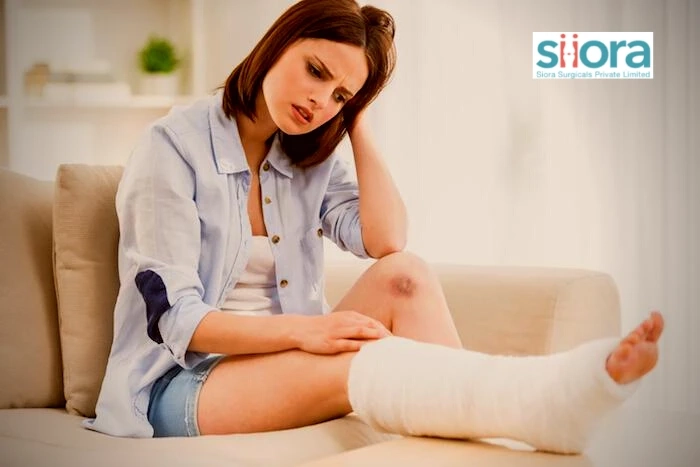Pediatric fractures are a common occurrence and can be caused by a variety of factors, including sports injuries, falls, and accidents. Children\'s bones are more flexible than adult bones, but they are also more vulnerable to fracture due to the presence of growth plates, which are areas of the bone that are still developing. Orthopaedic Implants may also be required for the treatment of some severe fractures. In this article, we will explore the different types of pediatric fractures and their treatment options.
Different Types of Pediatric Fractures
Greenstick Fractures
Greenstick fractures are one of the most common types of fractures in children. These fractures occur when the bone cracks on one side but remains intact on the other, similar to how a green stick breaks. Greenstick fractures are most common in the forearm and can occur in both the ulna and radius bones. Treatment typically involves immobilization of the affected limb with a cast or splint until the bone heals.
Buckle Fractures
Buckle fractures, also known as torus fractures, occur when the bone is compressed on one side, causing it to buckle or bulge. This type of fracture is most commonly seen in the wrist and forearm and is often the result of a fall or sports injury. Buckle fractures typically heal well with immobilization in a cast or splint.
Complete Fractures
Complete fractures are fractures that occur when the bone is broken all the way through. This type of fracture can be displaced or non-displaced, meaning that the bone may or may not be out of alignment. Complete fractures can occur in any bone in the body and can be caused by trauma, sports injuries, or accidents. Treatment options for complete fractures can vary depending on the location and severity of the fracture but may include immobilization, casting, or surgery.
Growth Plate Fractures
Growth plate fractures occur when a bone breaks at the site of the growth plate, which is the area of the bone where new bone growth occurs. These fractures are most common in children and adolescents and can occur in any bone that is still growing. Growth plate fractures can be classified as either Salter-Harris type I through V, depending on the severity of the fracture. Treatment options for growth plate fractures can vary depending on the severity of the fracture and the age and health of the patient, but may include immobilization, casting, or surgery.
Stress Fractures
Stress fractures are a type of overuse injury that occurs when the bone is subjected to repetitive stress over time. Stress fractures can occur in any bone in the body, but are most commonly seen in the lower leg and foot. This type of fracture is most common in athletes and other individuals who engage in repetitive, high-impact activities. Treatment options for stress fractures may include rest, immobilization, and physical therapy.
Compression Fractures
Compression fractures occur when a vertebra in the spine is compressed or squeezed. These fractures can be caused by osteoporosis, trauma, or other medical conditions. Compression fractures are most commonly seen in the thoracic and lumbar spine and can be painful and debilitating. Treatment options for compression fractures may include pain management, bracing, and surgery.
In conclusion, pediatric fractures can be caused by a variety of factors and can occur in any bone in the body. Treatment options for pediatric fractures can vary depending on the fracture\'s location and severity, the patient\'s age and health, and other factors. Prompt diagnosis and treatment of pediatric fractures can help to ensure a successful outcome and prevent long-term complications.
If you are looking to visit an international orthopedic exhibition, register for the World Congress of Orthopaedics 2023.



